Amphitheatrum Flavium - Kolosseum
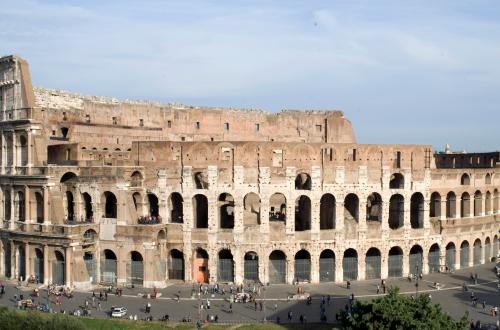
 Condividi
Condividi
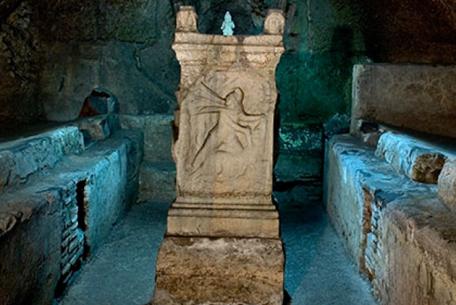
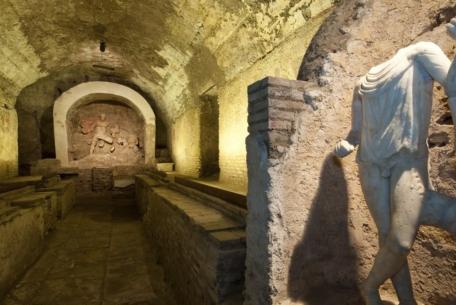
Das Mithraeum wurde 1934 zufällig von den Augustiner-Patres unter der Kirche Santa Prisca entdeckt; für den Bau wurden die Mauern zweier Gebäude verwendet: eines a
[...]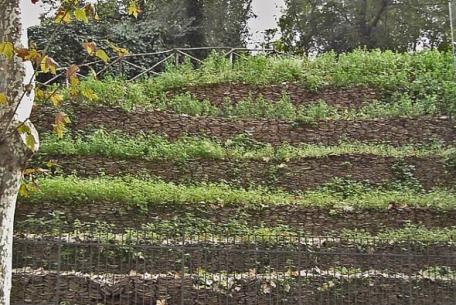
Der Monte Testaccio, im Volksmund auch Monte dei Cocci genannt, ist ein künstlicher Hügel im Hafengebiet des antiken Roms, in der Nähe der Horrea (Lagerhäuser).
[...]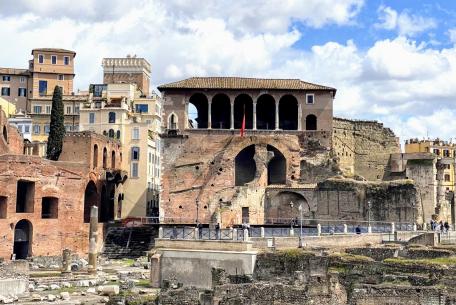
Places and sites of historical, cultural and artistic interest, the monuments of the territory of Rome include historic buildings
[...]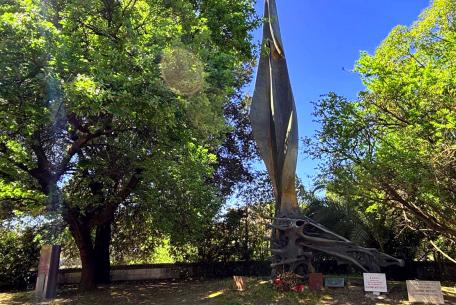
Der antifaschistische Politiker Giacomo Matteotti, Abgeordneter und seit 1922 Sekretär der Vereinigten Sozialistischen Partei, wurde am Nachmittag des 10.
For more than a hundred years, Giuseppe Garibaldi has good-naturedly watched over Rome atop the Janiculum Hill<
[...]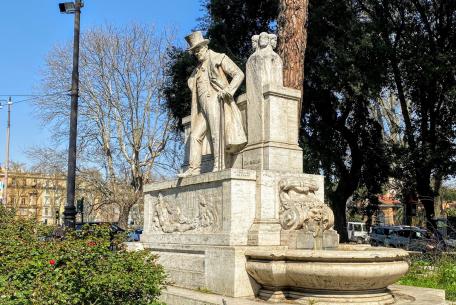
“Nun fuss’antro pe ttante antichità
bisognerebbe nassce tutti cquì,
perché a la robba che cciavemo cquà
c’è, sor friccica mio, poco da dí”

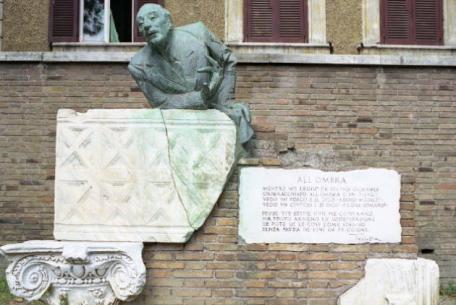
Das einem der berühmtesten Dichter Roms gewidmete Denkmal steht auf dem seit 1952 nach ihm benannten Platz, der
[...]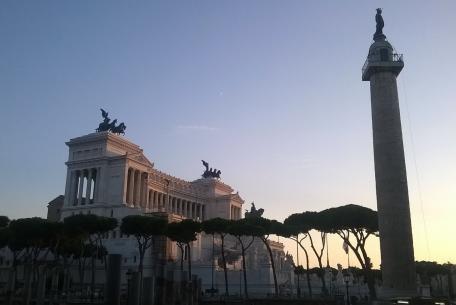
Im Jahr 1878, nur wenige Jahre nach der Vereinigung Italiens, beschloss das italienische Parlament, dem kürzlich verstorbenen König Vittorio Emanuele II.
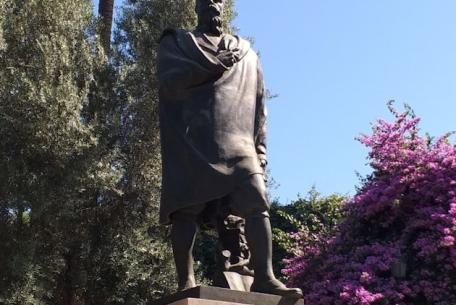
The bronze statue depicts the severe figure of Alfredo Oriani (Faenza 1852 - Casola Valsenio 1909), a man of letters and historiographer active from the 1870s until 1909, the autho
[...]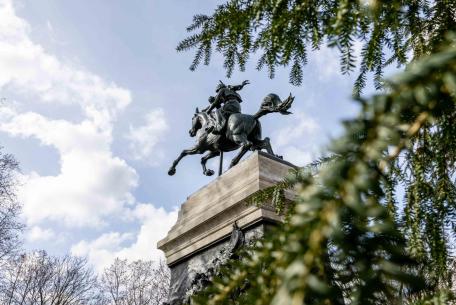
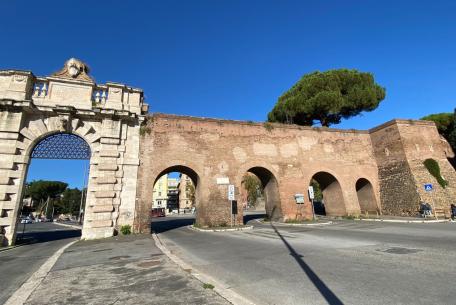
Die Aurelianischen Mauern umgeben noch immer das historische Zentrum Roms und sind die längste und am besten erhaltene Stadtmauer der Welt.
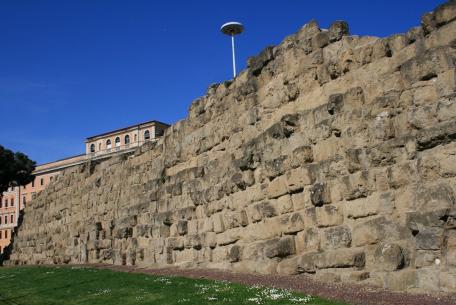
Die Servianische Mauern wurden wahrscheinlich in der Mitte des 6. Jahrhunderts v. Chr.
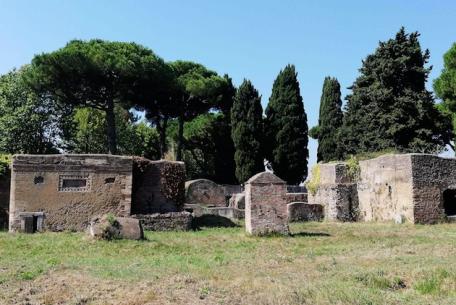
The Necropolis develops along the two sides of via Laurentina and a road connecting Ostia to the Pianabella area; later the tombs also occupied th
[...]
The necropolis, identified and excavated in the 1920s and 1930s, stands on the sides of via Flavia, which connected Porto (Portus) with Os
[...]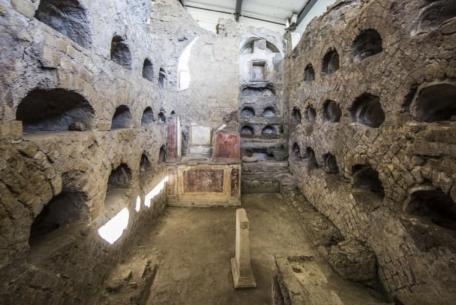
Die Nekropolis liegt an der Kreuzung via Ostiense und via delle Sette Chiese, in der Nähe der Kirche Sankt Paul vor den Mauern.

The Nymphaeum of the Uccelliera is an underground space built at the end of the 16th century, consisting of a staircase that rises, between marble mosaic-paved shelves, inside the retaining wall of
[...]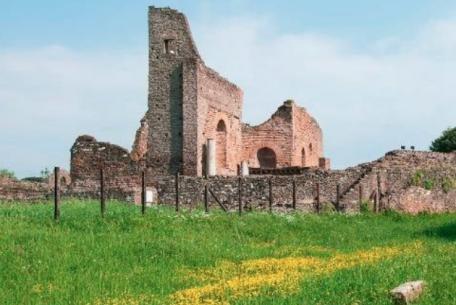
Das monumentale zweistöckige Nymphäum, das die Via Appia Antica überragt, war der eigentliche Einga
[...]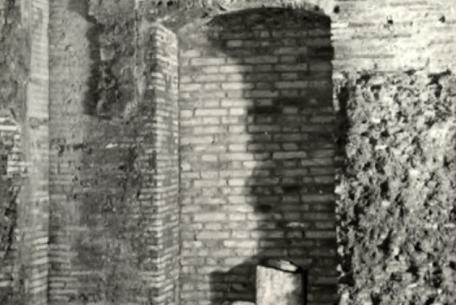
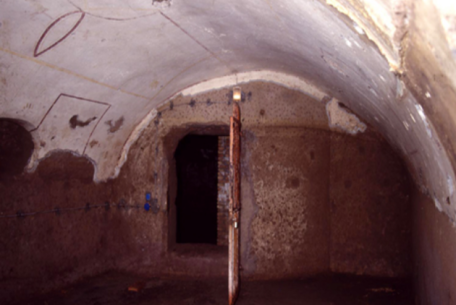
In 1962, during the construction of the buildings of the current archive of the Vicariate, on the corner between via dei Laterani and via Amba Aradam, at a
[...]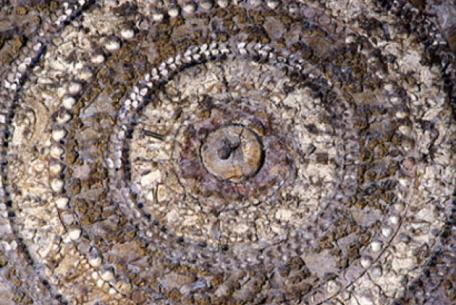
A nymphaeum (monumental fountain) dated back to the end of the first century BC and the beginning of the first century AD was discovered in 1895 during the works for the realization of Via degli An
[...]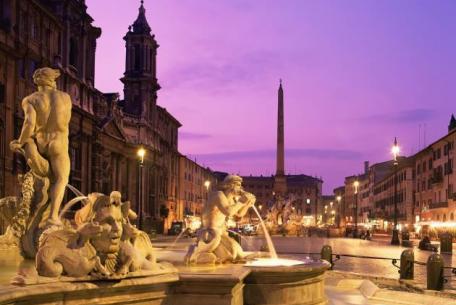
Dieser Obelisk, der im Auftrag von Domitian ohne Inschriften von den Ausgrabungsstätten Assuan's gebracht wurde, wurde in Rom mit Originalinschriften in Hieroglyphen
[...]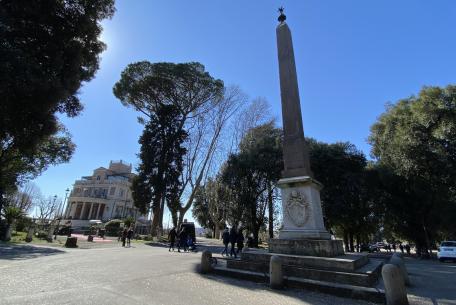
A few steps away from the terrace of the Pincio, one of the most evocative
[...]
 Condividi
Condividi
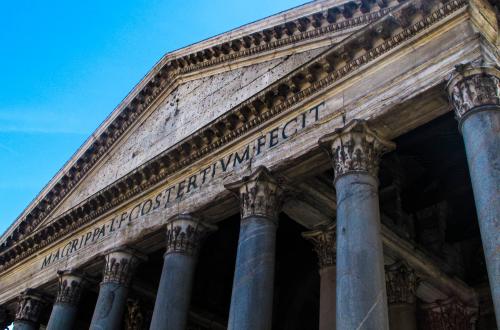
 Condividi
Condividi
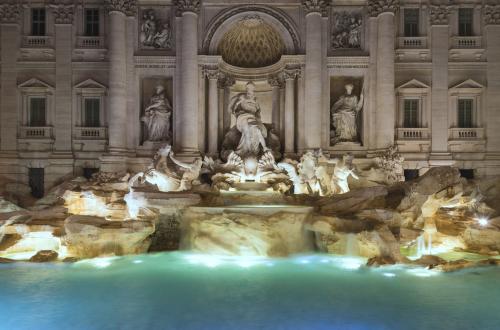
 Condividi
Condividi
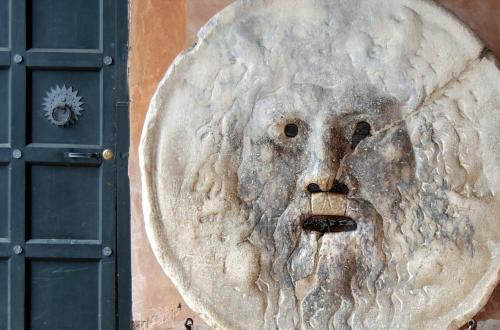
 Condividi
Condividi
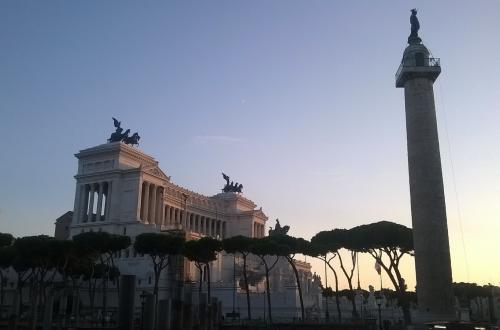
 Condividi
Condividi
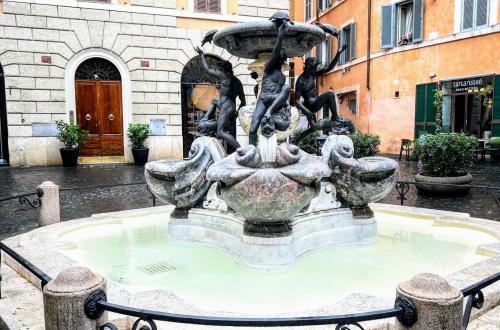
 Condividi
Condividi
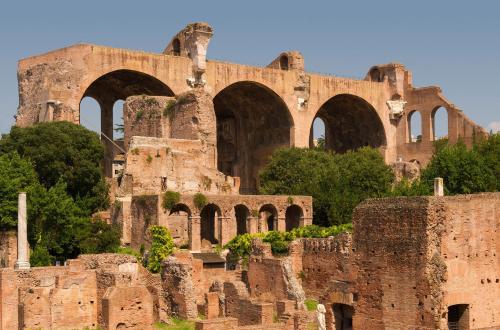
 Condividi
Condividi